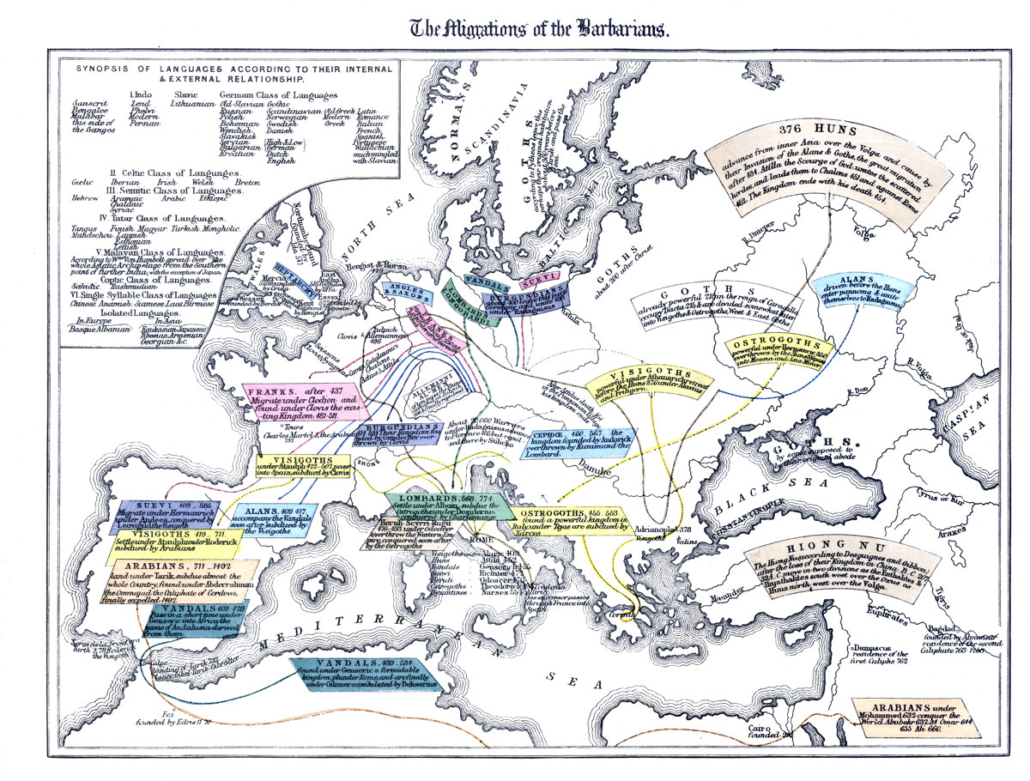In the realm of preservation, it’s essential that a digital file—a digital representation of the original object—accurately captures the current state of a physical object. The image file should effectively serve as a placeholder, an equivalent representation to the original object. That, along with secure storage and access, make up the field of digital preservation. For many original documents, this type of digital file is sufficient for reading, examination, and study.
However, some original documents are not suitable for study or examination with only a preservation master image. Yes, a digital record of the object exists, but no one can use it.
Digital Enhancement
In these cases, a digital file provides an opportunity for editing, enhancement, and even restoration without any harm coming to the original document or preservation master image. When presented alongside the preservation master, these files provide a fuller, more complete picture of the object itself. They might even reveal details that are not discernable when viewing the physical document.
Here are some of the situations you may encounter and remediate with the help of digital archivists.
Ultra-Faint Text
Frustrated that time or sun exposure has faded the ink on an original document? Perhaps the original author wrote only in faint pencil. Even documents written today will eventually fade if the originals are kept in sunlight or the ink isn’t color-fast. Regardless of how the damage happened, collectors or family members are left with a one-of-a-kind original that they can’t read.
Thankfully, there are methods to enhance what little detail is available. If you’ve ever used a copy machine, you’ve likely played a little with brightness and contrast. Sometimes, adjusting the amount of light on an original is enough to draw out the faded text. Ultra-faint text can require far more digital manipulation to bring out the writing and can result in images that no longer accurately represent the original.
To retain visual context, these often-colorful copies should be reviewed in addition to the originals. Hyper-enhanced digital files are by no means a replacement the preservation master image, the digital files may offer more functionality than the original.
Inaccessible Original Text
Does the bound, complete object provide more historic value than a deconstructed version?
It may be preferable to hire a conservator who is trained to relax the binding while keeping the original intact.Were printed periodicals bound as a form of collecting, as was common for journals and newspapers?
Disbinding could be the best option to restore and capture their original state.Is capturing the text more important than maintaining the integrity of the physical document?
Evaluate how much and what kind of damage you are willing to accept in order to create an complete digital record.


Reversing Damage
Looking at an aged and time-worn document can feel disheartening. Once a document has been damaged, it is unlikely that it will ever reflect its former state again, even with pricy restoration. For many historical documents, the condition of a document is just as important to capture as the information it contains. Conservators can address physical damage to a document without erasing what time has done to it, stabilizing it for the future and buying time for it to be digitized.
Even if originals cannot be repaired or restored, there are numerous reasons why a collection owner may wish to have their damaged originals digitally restored. Many restored digital files are not expected to replace the preservation master image, but are used for side-by-side display, easy access copies, easier study, or historically-accurate reprinting and republishing.
Digital restoration can provide collectors with any level of visual corrections, from undoing stains to digitally compiling multiple torn pieces of paper together. These digital versions can be made “clean” again, erasing hundreds of years of handling and wear without disturbing the physical object.
This option isn’t for everyone or every collection, and it certainly should never be used as a master preservation file. That said, there is a time and place for this important digital work!
If your collection is nearing the point of potentially unreadable digitization, there are some solutions you can try. Until the collection can be digitized, store originals out of sunlight and away from any other environmental exposure. Consult with a conservator to see if tightly bound material can be loosened, folded items relaxed, and torn items repaired.
When beginning down the road of digital preservation, it’s important to consider your goals for the collection, including potential roadblocks like damage or difficult-to-read text. Keeping long-term preservation goals top of mind will guide you to the appropriate solutions for your needs. Explore the many digital restoration options with experts to make your digital collection functional as well as preserved.
Are you ready to discuss your collection’s potential? Give Anderson Archival a call today!


